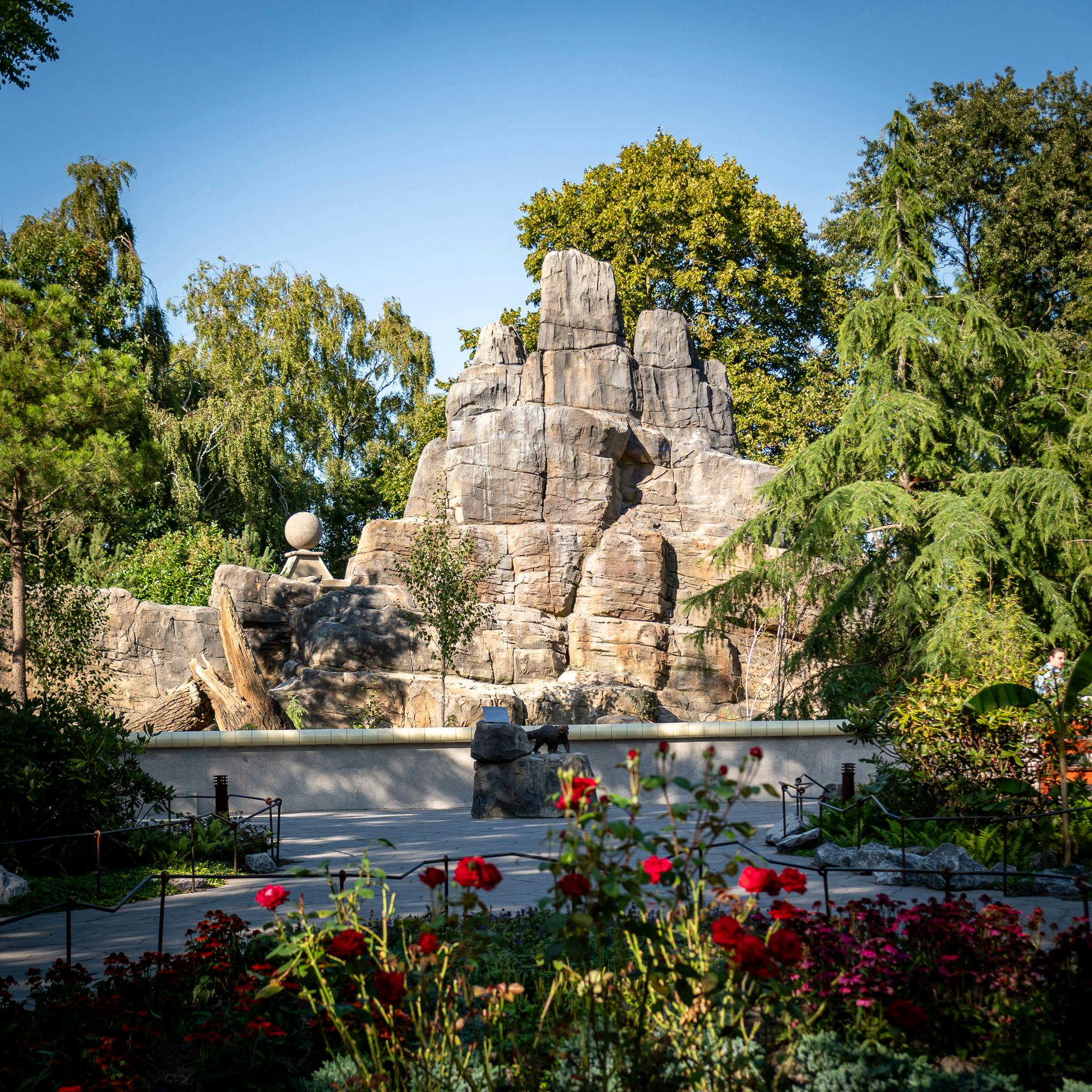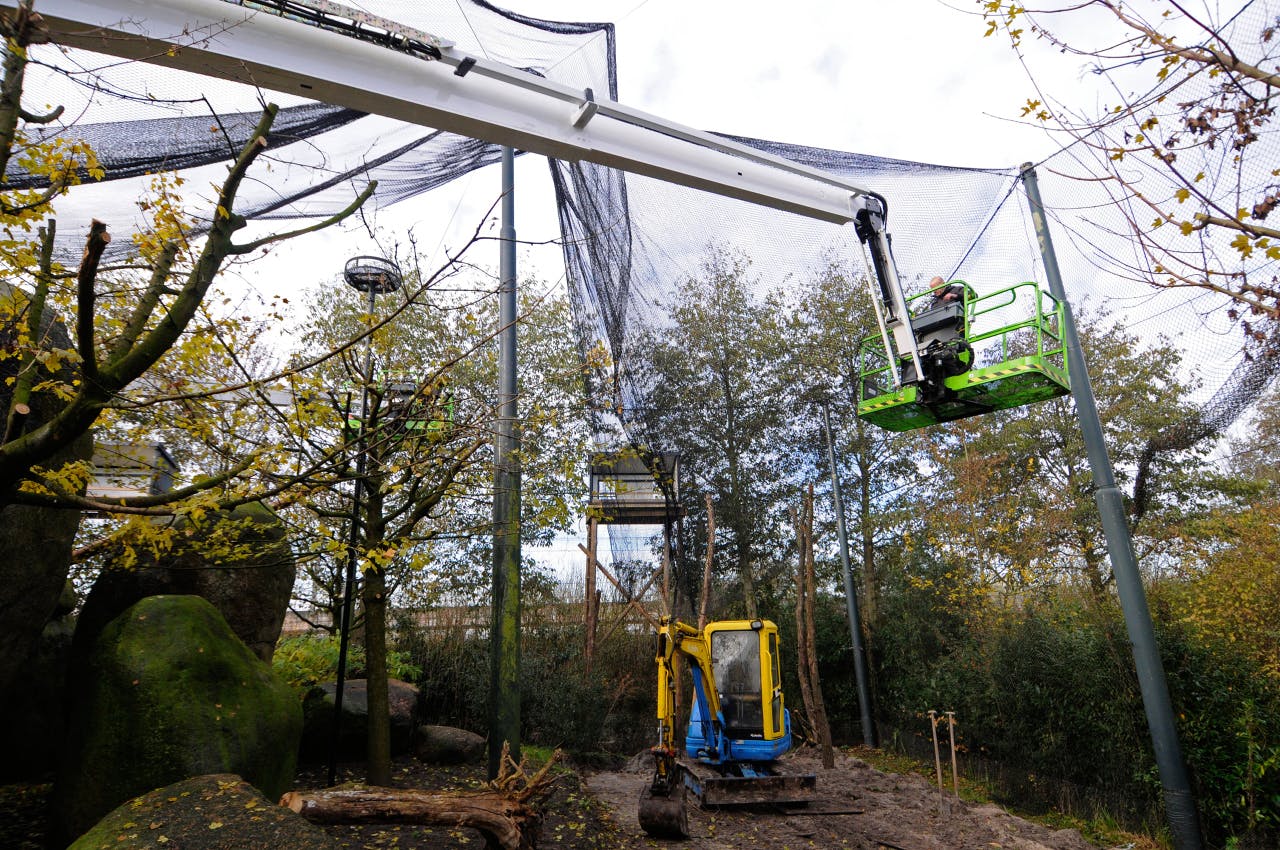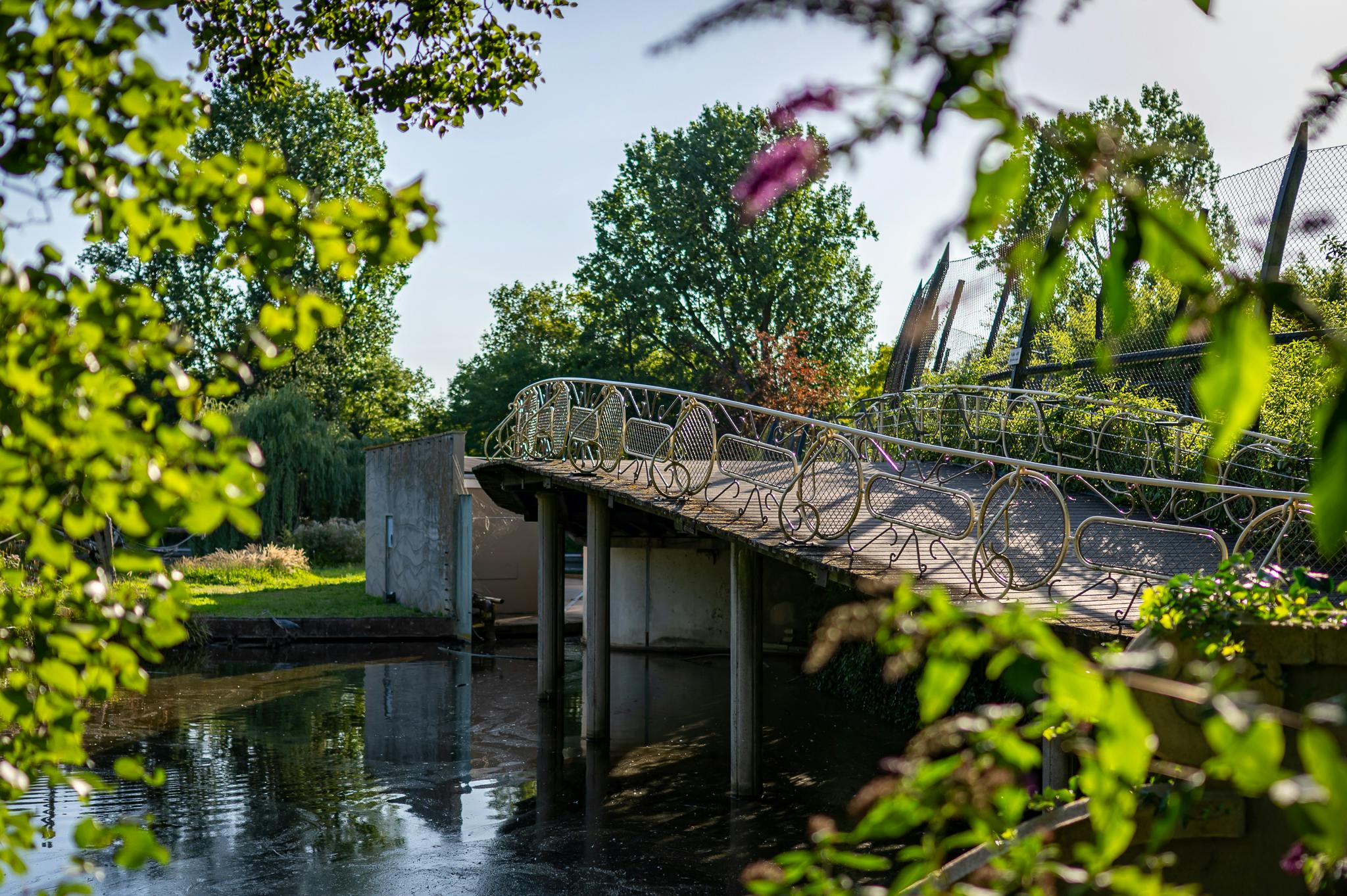
In Blijdorp, when constructing new habitats and buildings, we prioritize sustainability. Not only do we focus on using sustainable materials, but we also consider the overall sustainable construction of the buildings. The giraffe enclosure is a prime example of this approach.

On June 24, 2009, Diergaarde Blijdorp and FSC (Forest Stewardship Council) Netherlands signed an FSC covenant. With this signature, Blijdorp declared that they would use FSC-certified wood in new construction and renovation. Additionally, all the paper we use meets FSC certification.
Using FSC-certified wood and paper directly supports nature conservation and environmental care. Blijdorp aims to convey this to its over 1.5 million visitors through its operations and education. The FSC label ensures that wood and paper come from well-managed forests.

In addition to seeking new sustainable materials for construction, we give other materials a second life. For instance, a significant part of the species signage in Blijdorp is made entirely of recycled plastic. The same goes for the decks at the Asia House, made from hard recycled plastic.
Recycled materials were also used in the construction of the vulture enclosure. The poles in the vulture aviary, which stretch the nets of the enclosure, are old tram poles that Blijdorp acquired from RET, a Rotterdam tram company.
A striking feature on the African savanna is the giraffe stable in the shape of an onion. The construction of this enclosure utilized sustainable materials and solutions. The design incorporates sustainable materials such as untreated wood with the FSC label and grasses like reed and compressed bamboo. There is also extensive use of natural elements like sun, wind, and rain. For instance, the sloped roof is transparent and angled to catch as much sunlight as possible, allowing for optimal use of solar heat.
On cold days, the 400 m3 large enclosure is only partially heated. The giraffes can seek out warmth themselves at 'cuddle walls.' The woodchip heater, which also heats the Crocodile River, provides the energy for this and uses wood chips instead of fossil fuels. Additionally, the rainwater that falls on the roof of the giraffe house is collected and used for watering the tropical plants in the adjacent Crocodile River.

At Blijdorp, we are actively engaged in building as sustainably as possible. Therefore, our goal is to be BREEAM-certified within ten years. BREEAM stands for 'Building Research Establishment Environmental Assessment Method' and is a certification specifically intended to indicate the sustainability of construction projects. This certification is not mandatory, but it demonstrates that you are investing more and taking into account sustainable construction beyond what is legally required.